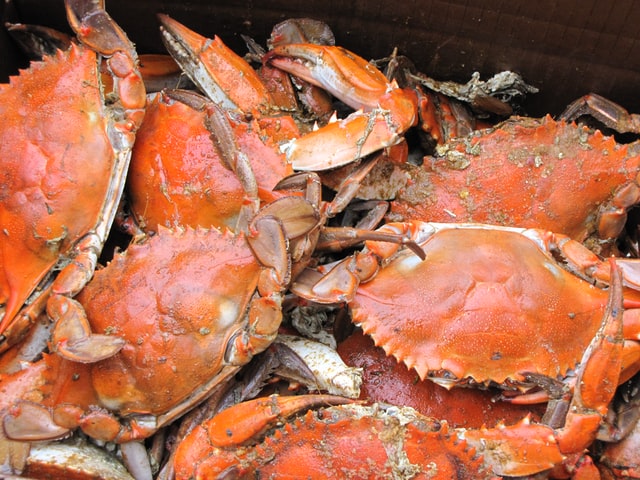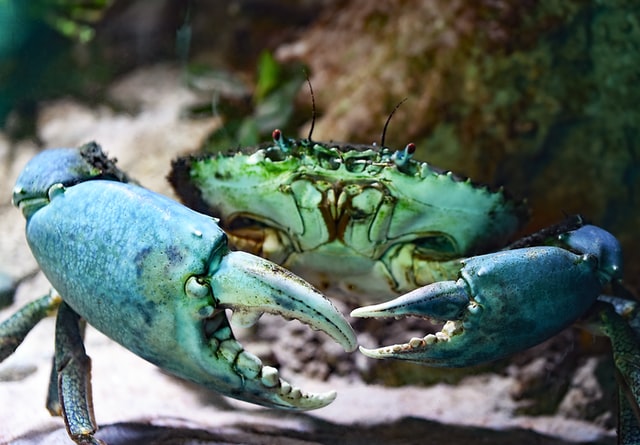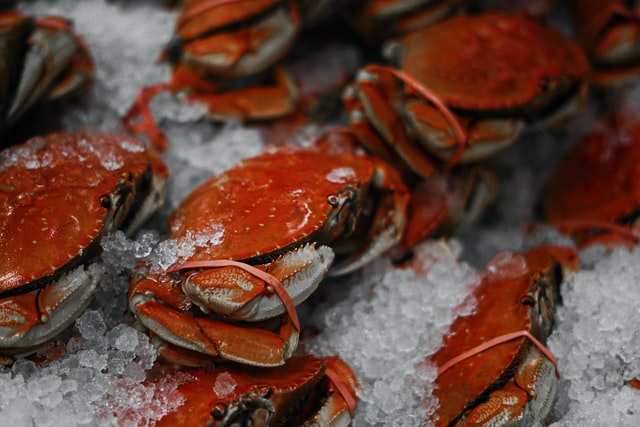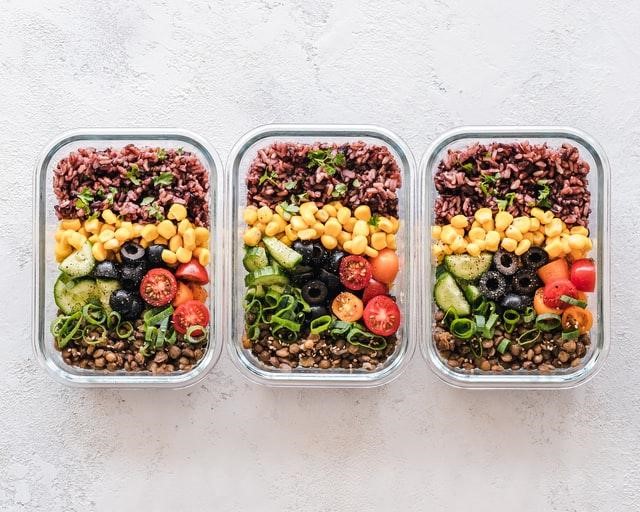
There are three main types of diabetes. Type 1. Type 2 and Type 3. Each type has a different management level, and all these types need certain medication, lifestyle modification, and proper diet control to keep diabetes at bay.
Contents
The main symptoms of diabetes are increased thirst, increased urination, weight loss, lethargy that is feeling of weakness, and not having enough energy to do daily tasks. The long-term complications include heart disease, stroke, kidney failure, and blindness.
Diabetes affects the body on how it uses or stores insulin. The most common type of diabetes is type 2 diabetes, accounting for about 90-95% of all cases.
Type 1 diabetes accounts for 5-10% of all cases and usually begins in childhood.
Type 2 diabetes often begins in adulthood and is sometimes called adult-onset diabetes.
Complications

Diabetes can lead to serious health problems such as heart disease, stroke, blindness, kidney failure, and amputation of limbs.
People with diabetes either don't produce enough insulin, or their body doesn't react to insulin as they should. This causes sugar to build up in their blood instead of going into cells where it can be used for energy.
Management

The main goal of diabetes management is to keep blood sugar levels in a healthy range, which helps prevent long-term complications such as heart attack, stroke, and kidney failure. Diabetes can be managed by setting up a proper meal plan which should include a balanced diet with an equal amount of all nutrients.
Diabetics and Seafood

For people with diabetes, eating seafood and fish can be a great source of protein and maintain their blood glucose levels. It is also a great source of omega-3 fatty acids, important for maintaining cardiac health.
In addition, with a more even glucose level, blood sugar gets less out of whack, which can help to reduce cravings. Seafood is considered great for people with diabetes as it has nutritious substances that help people with diabetes with many medical conditions. They even help to improve eyesight and vision. So incorporating a good amount of seafood into their diet can help them benefit.
Diabetics and Crabs

Crabs are enriched with chromium, which helps insulin metabolize sugar. This suggests that it affects the levels of blood glucose. In addition, crab meat contains a lot of fibre that helps to lower blood sugar levels. It is also rich in zinc and selenium, which are both antioxidants. In addition, crabmeat is one of the best sources of iron. In a 100-gram serving, you will get around 1 milligram of iron, which can serve as a good source to prevent anaemia. Selenium is considered a toxic heavy metal primarily found in crustaceans such as crabs.
Crabs contain a high concentration of protein which is important for muscle development and maintenance. Crabs contain calcium, selenium, and iodine, which are essential for developing and maintaining healthy teeth.
Crab contains omega-3 fatty acids, vitamin B12, and selenium which can help lower cholesterol levels and reduce the risk of a heart attack. Crabs contain high vitamin B12, which is needed for the proper functioning of nerves and muscles. Vitamin B12 helps maintain normal nerve function, regulate blood glucose levels, and enhance cognitive function.
A study in 2013 found that crab consumption can help combat osteoporosis. They are increasing the absorption of calcium. Crab is generally low in saturated fat and contains some protein and fibre. These nutrients improve general health, which helps prevent chronic conditions down the line.
Crabs Increase Blood Pressure

Crab has fewer cholesterol and vitamins than shrimp, but it contains more sodium and may not be suitable for people with high blood pressure. On the other hand, shrimp is higher in cholesterol and vitamins but has less sodium than the crab and can be a better choice for people with high blood pressure. However, crab is high in sodium, so avoid it if you are on a no-sodium or low-sodium diet.
It may also be a hindrance to those with high blood pressure ailment. King crab is a popular variety of seafood. It includes a serving size of 200 to 300 mg of sodium, up to 900 mg, so if a diabetic person has an issue with high blood pressure, he should avoid eating crab, as it may increase his blood pressure and cause other complications.
Crabs for Weight Loss

If you're trying to cut back on the amount of time and effort you spend at the dinner table, eating crabs might be an option. They're a low-calorie food compared to other seafood and add some extra nutritional value with less than 2 grams of fat per 3-ounce serving. Just don't forget to pick the cleanest crabs you can find! Weight loss and food, run end to end.
A person who has just been diagnosed with diabetes and has weight issues can easily opt for seafood like a crab to add to their diet. They have a low-calorie count and are good for filling up the stomach.
Most Healthy Crab
The average serving of "blue crab meat" indicates that the calories contained in one type of crab meat are 74. A 3-oz. portion of Dungeness crab is low in caloric content, only carrying around 100 calories. The calorie count for an Alaska king crab is also less, at around 100 calories. Crabs are filled with protein which makes up most of the nutritional value, so it will be a healthy dish for anyone looking to eat crabs.
They are way healthier than many other food products, so why not add them to your meal and gain all the valuable nutrition they offer.
Can Crab Cause Any Harm?

Crabmeat does have few saturated fats, but it is also a source of good cholesterol called HDL. These levels increase when you eat crab meat regularly. This can help reduce the risk of major heart problems like stroke or coronary artery disease. In addition, crabmeat contains choline and selenium, essential for the nervous system and immune systems.
These nutrients may also help prevent heart disease. Crabmeat is a good source of boron and selenium, which have been shown to have an anti-carcinogenic effect.
People concerned about mercury should double-check that their seafood has less mercury and was caught with more sustainable practices. Crab is among the most visible seafood due to how often it can be found on menus, but many other kinds of organic foods may also be a concern.
Many seafood items contain high levels of lead, especially those eaten raw. Brown crab meat is no exception and should be consumed in moderation to stay safe. Besides its sodium content, the crab has many nutrients like iron and B vitamins. Unfortunately, it also has a high content of fat in it.
Crabs, when eaten in moderation, serve well and can be a good option to add to daily meal plans for diabetics, but their excessiveness is harmful and lethal, which may lead to further complications in the future.
Crab Legs are Full of Sodium

King crab legs are a great source of minerals, but they have high sodium levels because they are an animal living in saltwater. So King crab legs are a common food you might not realize is high in sodium. They are also fairly difficult to cook, so if you're concerned about your daily intake of salt, you might need to see for it.
Crabmeat is quite nutritious with low-fat content and plenty of Omega-3. People who have a regular intake of omega-3 in their diet can help protect them against heart diseases and provide brain development crucial to our intellectual abilities.
In addition, there is some evidence to suggest that Omega-3 fatty acids may be beneficial for decreasing undesirable behaviour in some cases. But, of course, it's not just any old Omega-3. However, it must contain a long-chain acetylcholine molecule.
Conclusion

The best food items for people with diabetes help them lower their blood sugar levels. Seafood is great on the go. Crabs are an excellent source of omega-3, chromium, and selenium. In addition, they contain a variety of vitamins and minerals that make them ideal for low-diabetes dieters.
Crabs are low in calories, so they make a portion of good food during mealtime. People with diabetes should eat crabs in moderation to get all the food nutrition. Crabs are also great for managing heart diseases, so it is good for people with diabetes to manage their heart health by eating a good portion of crabs.
But if a person with diabetes has a problem with high blood pressure, he needs to monitor his intake of crabs as they are rich in sodium, and having them in his diet may likely increase their blood pressure.





